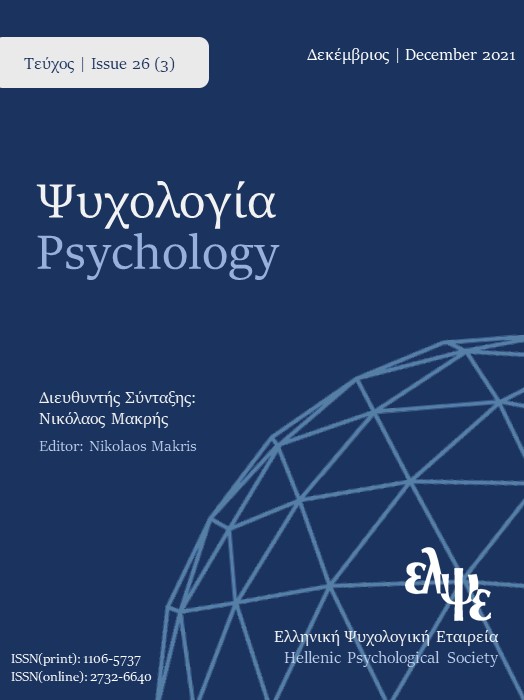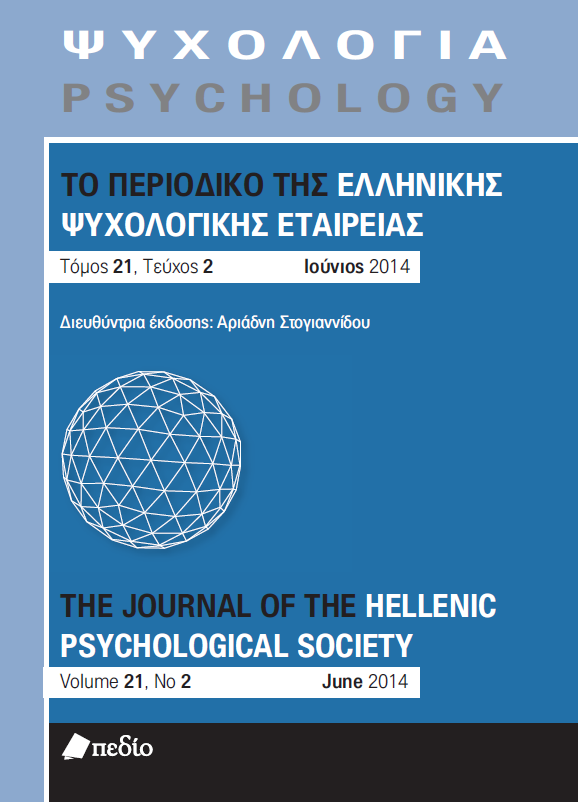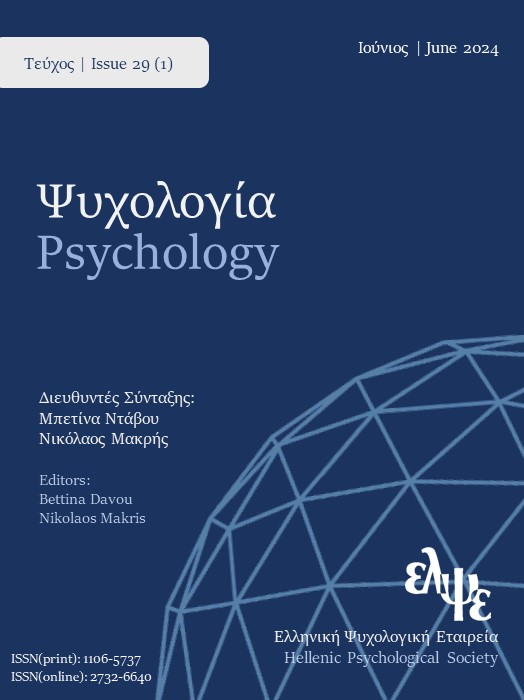The impact of identity in the polyphasic representation of Covid-19 during quarantine

Abstract
Coronavirus (Covid-19), an unfamiliar phenomenon, invades in peoplesˈ everyday life and creates the need to familiarize with it and communicate it. This occurs through the construction of a social representation, which is polyphasic. Cognitive polyphasia is defined as the coexistence of controversial ways of thinking, which are used by social subjects (people and groups), based on their social identity, for the perception, understanding, and interpretation of an object. According to Moscivici, four ways of thinking are suggested: science, ideology, religion, and magic. This study aims to examine the representation of Covid-19 and the emotions that were caused during the quarantine. Specifically, 1.560 men and women of different ages, socioeconomic level, religious and political beliefs took part at the study and answered to a questionnaire about cognitive polyphasia and emotions. The questionnaire was given online and was completed during the quarantine. The scales about cognitive polyphasia and emotions were analyzed by Exploratory Factor Analysis and the results showed three ways of thinking (scientific-ideological, religious and magical) and two emotions (negative and positive). A Structural Equation Model was used and showed that the scientific-ideological way of thinking is the main way and correlates negatively with the religious and the magical one, whereas the last two correlate positively. The emotions are ambiguous and neutral. Also, the regulatory role of sex, age, socioeconomic level, religious and political beliefs was highlighted.
Article Details
- How to Cite
-
Madoglou, A., Kalamaras, D., & Sinakou, E. (2022). The impact of identity in the polyphasic representation of Covid-19 during quarantine. Psychology: The Journal of the Hellenic Psychological Society, 26(3), 78–92. https://doi.org/10.12681/psy_hps.28860
- Section
- SPECIAL SECTION

This work is licensed under a Creative Commons Attribution-ShareAlike 4.0 International License.
The journal PSYCHOLOGY adopts a Platinum open-access policy. Submission, processing or publication costs are waived by the Hellenic Psychological Society. Papers published in the journal PSYCHOLOGY are licensed under a 'Creative Commons Attribution-ShareAlike 4.0 International' licence. The authors reserve the copyright of their work and grant the journal the right of its first publication. Third-party licensees are allowed to use the published paper immediately after publication as they wish, provided they retain the defined by the license copyright formalities, regarding the reference to its author(s) and its initial publication in the journal PSYCHOLOGY. Moreover, any adjusted work should be shared under the same reuse rights, so with the same CC license.





